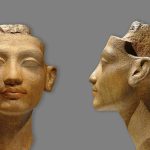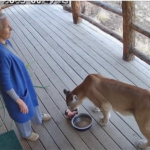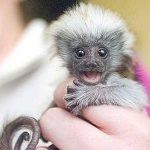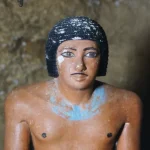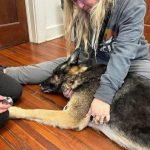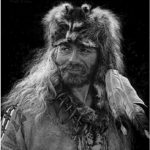The Curious Case of Koala Fingerprints
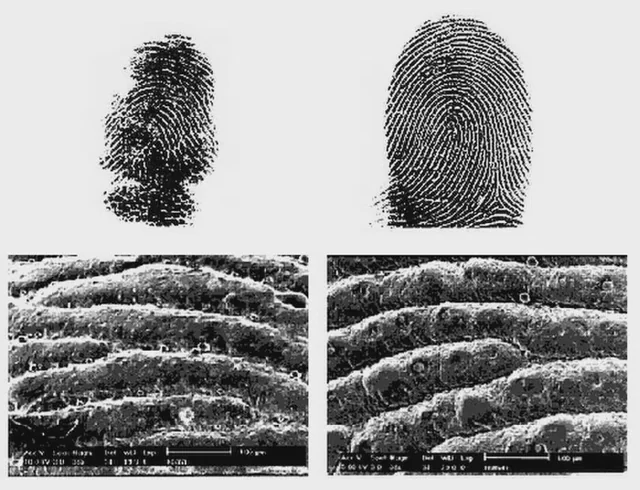
What if the tiny swirl on a fingertip could fool the human eye? It sounds impossible — but in Australia’s eucalyptus forests, one sleepy marsupial carries a pattern almost indistinguishable from our own.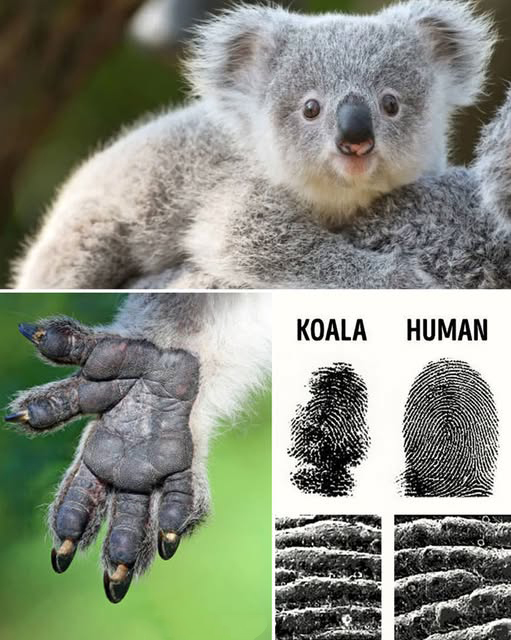
Koalas have fingerprints that mirror human ones with uncanny precision. Under a microscope, their loops, whorls, and ridges could easily pass as ours. What makes this fascinating is that koalas aren’t primates at all. Their prints evolved independently, likely as an adaptation for grip and touch while climbing trees and handling delicate eucalyptus leaves. It’s evolution’s way of solving the same problem twice — a phenomenon scientists call convergent evolution.
Stories have circulated that koala prints once confused crime-scene investigators. While there’s no solid case on record, forensic experts agree that, at a quick glance, the resemblance is striking. A trained examiner can spot the differences — but still, the idea that a koala could “leave evidence” like a human is a delightful thought experiment.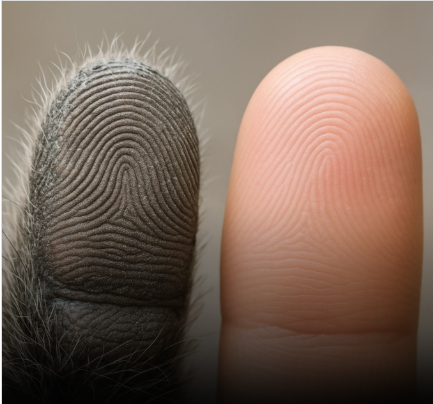
Nature often reuses its best designs. Wings evolved in insects, birds, and bats, each on separate paths. Eyes appeared in octopuses and mammals, built from different starting points but reaching a similar solution. Koala fingerprints remind us of this echo in evolution — that what works once may work again, even in unexpected places.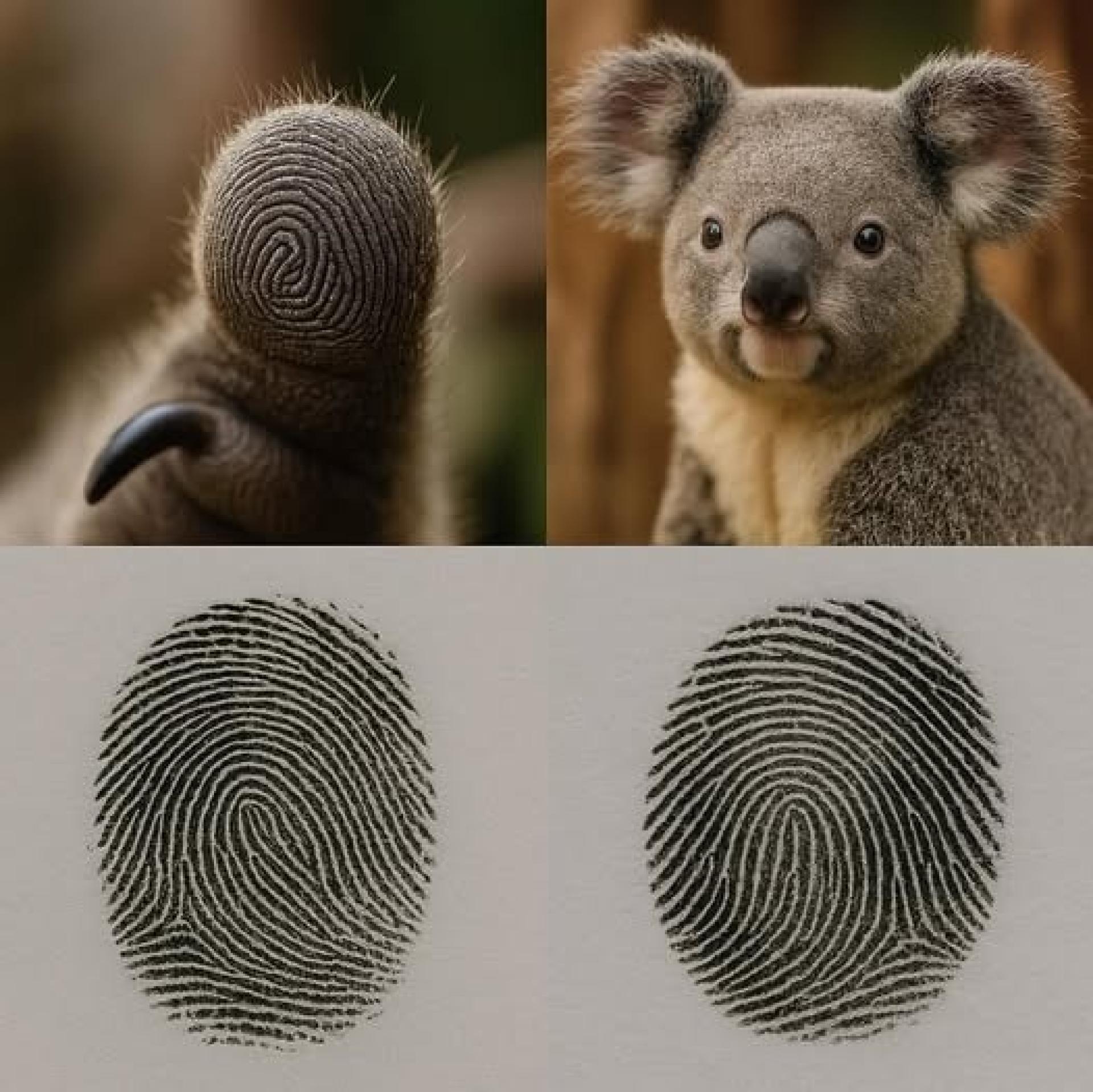
So the next time you think of fingerprints as uniquely human, remember: somewhere in the treetops, a drowsy koala carries a pattern that looks almost identical. A quiet reminder from nature that we’re never quite as singular as we think.


